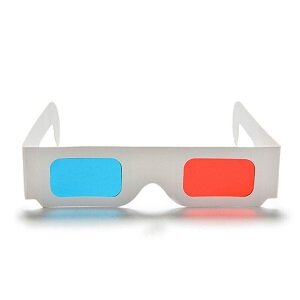
College of Engineering Unit:
The goal of the Video Echoing project is to leverage a proprietary method hypothesized by the project partner to convert 2D media into 3D media. This is of interest because it may allow the average person to create 3D video without a specialized camera/system, as well as the conversion of existing 2D film to 3D.
Currently, production of 3D video requires the use of either a costly 2-camera system to record from different perspectives or, sometimes, the use of post-processing methods such as darkening the image in one eye to create the illusion of 3D video via the Pulfrich effect. Two camera setups are costly and not available to the average person, and modification techniques like image darkening degrade the quality of the film or negatively affect viewer experience. The video echoing method aims to put the ability to create 3D media into the hands of the average user through a post-processing method that does not alter the original film.
The method works by taking in standard 2D film, duplicating the media, and then overlaying the videos on top of each other, with one of them staggered to have a slight delay. You can think of this as one of the overlayed images being 1 frame ahead of the other as a video plays. At the most basic level, each video source is then anaglyphed (red/blue color tint) to allow 3D glasses to separate the images out for delivery to each eye individually. By staggering the frames, the method can mimic the effect achieved by having two cameras at a different perspective, as long the object or camera is moving. There are small modifications that can be made to how this effect is achieved, such as hybridizing the frames, staggering them by a specific amount of time rather than by x amount of frames, or even combinations of these.
Our capstone aimed to investigate the efficacy of these methods on different types of scenes!